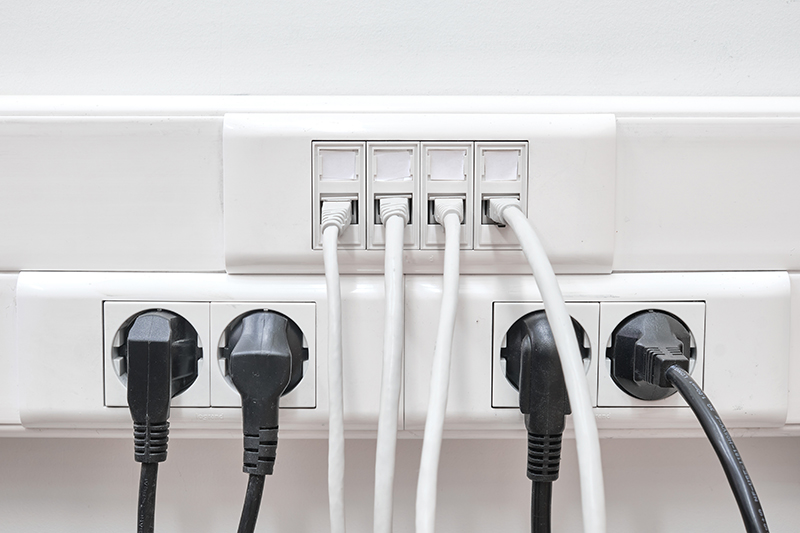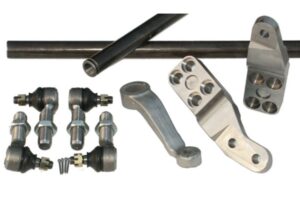
Whether you’re streaming your favorite shows, gaming online, or working from home, a strong network connection is crucial. One of the best ways to enhance your home network is by upgrading to Cat6 cables. These cables offer significant improvements over their predecessors, making them a popular choice for many households.
What is a Cat6 Cable?
Cat6, short for Category 6, is a type of Ethernet cable used for networking. These cables are designed to support high-speed data transfer, with speeds up to 10 Gbps over a distance of 55 meters. Compared to older generations like Cat5 and Cat5e, Cat6 cables offer improved performance and reduced interference.
The Evolution of Network Cables
Network cables have come a long way since the early days of Cat5. The introduction of Cat6 marked a significant leap in technology, offering higher speeds and better reliability. Understanding this evolution helps appreciate why Cat6 is a worthy upgrade for your home network.
Why Choose Cat6 for Your Home Network?
Upgrading to Cat6 cables can significantly enhance your home network’s speed and performance. These cables are designed to handle more data at faster speeds, making them ideal for today’s bandwidth-intensive applications. Additionally, they are more future-proof, meaning they can support newer technologies as they emerge.
Technical Specifications of Cat6 Cables
Cat6 cables offer impressive technical specs that set them apart from earlier versions. They support a bandwidth of up to 250 MHz and can handle speeds of up to 10 Gbps over shorter distances. The cables are typically made of high-quality copper, ensuring optimal performance and durability.
Installation of Cat6 Cables
Installing Cat6 cables can be a DIY project or handled by professionals, depending on your comfort level. For a successful installation, you’ll need the right tools and materials, such as cable testers, crimping tools, and connectors. Proper installation ensures that you get the most out of your Cat6 cables.
Cat6 vs Cat6a: What’s the Difference?
While both Cat6 and Cat6a cables offer high performance, there are key differences. Cat6a cables support higher bandwidth and can maintain speeds of 10 Gbps over longer distances (up to 100 meters). However, they are thicker and more expensive. Depending on your needs, either option could be a great choice.
Cost Considerations
Cat6 cables are generally more expensive than older Ethernet cables, but they offer better performance and longevity. When considering the cost, it’s important to think about the long-term benefits and how much you’ll save by avoiding frequent upgrades.
Enhancing Network Speed with Cat6
One of the main benefits of Cat6 cables is their ability to significantly improve network speed. With higher data transfer rates, you’ll experience faster downloads, smoother streaming, and better overall performance. This is especially beneficial for households with multiple connected devices.
Improving Network Reliability
Cat6 cables are designed to reduce interference and crosstalk, which are common issues with older cables. This results in a more stable and reliable connection, ensuring that your network performs optimally even under heavy use.
Cat6 and Smart Home Integration
As smart home technology becomes more prevalent, having a robust network infrastructure is essential. Cat6 cables are compatible with a wide range of smart home devices, from security cameras to smart thermostats, making them a great choice for a connected home setup.
Gaming and Streaming: The Cat6 Advantage
For gamers and streaming enthusiasts, network speed and reliability are critical. Cat6 cables provide the necessary bandwidth to support high-quality streaming and online gaming, reducing lag and buffering issues. This ensures a smoother and more enjoyable experience.
Business Use at Home
With the rise of remote work, having a reliable home network is more important than ever. Cat6 cables can support high-speed internet and multiple devices, making them ideal for home offices. This helps ensure that your work-from-home setup is efficient and professional.
Troubleshooting Common Issues
Even with the best cables, network issues can still arise. Common problems include loose connections, cable damage, and interference from other devices. Regular maintenance and proper troubleshooting can help keep your network running smoothly.
Conclusion
Upgrading to Cat6 cables is a smart investment for anyone looking to improve their home network. These cables offer faster speeds, better reliability, and future-proofing, making them a great choice for modern households. Whether you’re streaming, gaming, or working from home, Cat6 cables can help ensure a seamless and efficient network experience.
FAQs
What is the maximum length for Cat6 cables?
Cat6 cables can run up to 100 meters (328 feet) without losing performance. However, for speeds up to 10 Gbps, the recommended maximum length is 55 meters (180 feet).
Can I use Cat6 cables with older devices?
Yes, Cat6 cables are backward compatible with older devices that use Cat5 or Cat5e cables. However, you won’t achieve the higher speeds unless both devices and the network support it.
How do I know if my home network needs an upgrade?
If you’re experiencing slow internet speeds, frequent disconnects, or have multiple devices competing for bandwidth, it might be time to upgrade to Cat6 cables.
Are Cat6 cables worth the investment?
Absolutely. While they may be more expensive initially, the improved performance and future-proofing make Cat6 cables a worthwhile investment for most households.
What are the alternatives to Cat6 cables?
Alternatives include Cat5e, Cat6a, and Cat7 cables. Each has different specifications and costs, so the best choice depends on your specific needs and budget.



